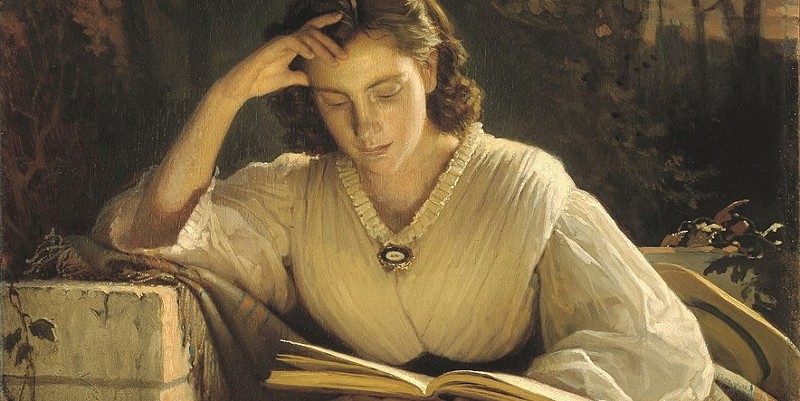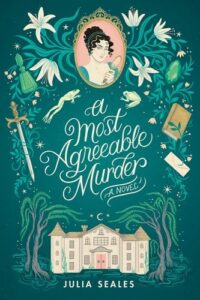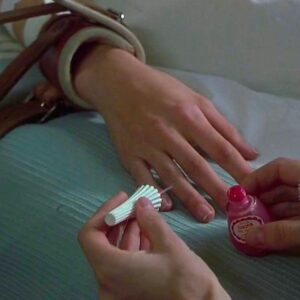Since they first appeared in fiction, women detectives have been a force to be reckoned with. Often underestimated, they use this to their advantage, eavesdropping on important conversations and drawing confessions out of the most unlikely suspects. Whether seen as coquettish or ignored for being matronly, our favorite fictional female sleuths know how to manipulate misconceptions for their own benefit. The iconic women detectives of fiction each have their own unique methods, building on those who came before. They prove time and time again, through our favorite murder mysteries, that women have an important place in the pursuit of justice. The following changed the game, making their mark on the crime-solving world – and paving the way for those who will come after.
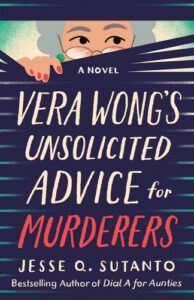
Vera Wong from Vera Wong’s Unsolicited Advice for Murderers, by Jesse Q. Sutanto
Meddling in the best way, Vera Wong is a tea-shop owner, a matchmaker… and becomes a detective in this cozy mystery from the author of Dial A for Aunties. Opinionated, quirky, and orderly, Vera is a sleuth who shows that “amateur” doesn’t have to mean inept. She’s a mature woman, confident in her skills, who uses her big heart to lead her investigation.
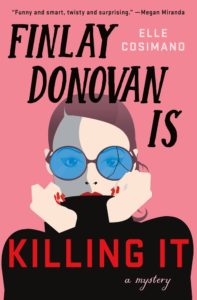
Finlay Donovan from Finlay Donovan Is Killing It by Elle Cosimano
Single mom Finlay Donovan is proof that a woman doesn’t have to be organized to solve a crime. Her life is chaotic, she hasn’t finished the manuscript she promised her agent, and her ex-husband only adds another problem on top of everything. She stumbles into a murder investigation by accident – after all, she thought she was merely enjoying a normal excursion to Panera, and suddenly she’s mistaken for a contract killer… But using her wit, ability to roll with the punches, and understanding of people’s character, Finlay proves an adept detective.
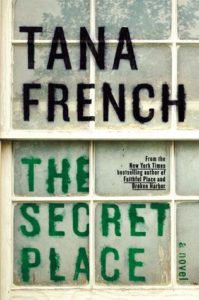
Antoinette Conway from The Secret Place by Tana French
Rookie detective Antoinette Conway of French’s Dublin Murder Squad series is tough. She’s got a chip on her shoulder, but this is what allows her to overcome hazing and attempts at intimidation, in order to solve her case: a murder at a girls’ boarding school. Her determination and drive make her a force to be reckoned with.
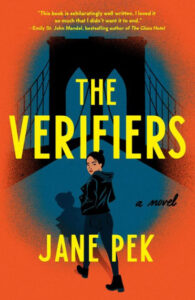
Claudia Lin from The Verifiers by Jane Pek
Witty and secretive, Claudia eschews her family’s idea of success to carve her own path. She’s recruited by an online-dating detective agency, but her dream job turns into a nightmare when she must investigate a missing client. Claudia is book-smart, tech-smart, and all around a savvy sleuth for the digital era.

Miss Marple from The Murder at the Vicarage by Agatha Christie
One of the most famous female detectives, Miss Marple proves that nosiness and maturity are skills important for any crime-solver. Christie’s “lady next door” character is often overlooked by her neighbors – she’s just a kindly old woman, isn’t she? – but she’s always watching and taking in information. From classics like The Murder at the Vicarage to Sleeping Murder, Miss Marple mysteries always end with her catching the killer and everyone learning: never underestimate the lady next door.

Nancy Drew (Mildred Wirt Benson “Carolyn Keene” – an interesting backstory for Nancy’s creator!)
The sleuth everyone thinks of when they hear “girl detective,” Nancy Drew was created by Edward Stratemeyer of the Stratemeyer Syndicate. He had successfully created The Hardy Boys, and after the series’ success amongst girls as well as boys, Stratemeyer decided to create a girl detective in the vein of the beloved Hardy Boys. However, Stratemeyer didn’t really believe in his own idea – he was a traditional man who thought women belonged in the home. However, “Carolyn Keene” disagreed: Mildred Augustine Wirt Benson was hired to ghostwrite the Nancy Drew series. A great adventurer who obtained her pilot’s license, Benson crafted a smart and spirited girl detective who inspired young girls to dream big.

Kinsey Millhone from A is for Alibi by Sue Grafton
Independent, quirky, and a bit of a loner, tough-talking Kinsey Millhone strikes out on her own to become a successful private investigator in Sue Grafton’s alphabet mystery series. She deals with childhood trauma, the lasting effects her cases have on her both emotionally and physically, but overcomes to solve case after case.

Louise Lloyd from Dead Dead Girls by Nekesa Afia
Determined and hardworking, Louise Lloyd is a sleuth in 1920s Harlem – but her modern views make her a sleuth who inspires. When a girl turns up dead at the café where Louise works, she goes undercover to solve the crime. In spite of many trials, Louise is determined and feisty, a detective with the grit to make it even in the toughest of situations.
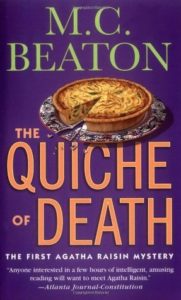
Agatha Raisin from Agatha Raisin and the Quiche of Death by M. C. Beaton
A dreamer and a doer, Agatha Raisin retires from public relations and ultimately sets up her own detective agency. She proves that sometimes bitterness is needed in order to light a fire… and solve a case. In her first appearance, she tries to enjoy a peaceful life in the Cotswolds, until a quiche she bought kills someone. She’s forced to investigate to clear her name, but her determined methods prove – to us, and to Agatha – that this was her true calling all along.
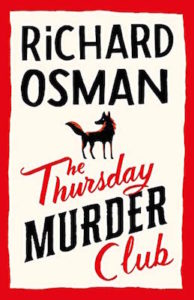
Elizabeth and Joyce from The Thursday Murder Club by Richard Osman
Elizabeth and Joyce prove that a person doesn’t have to stop solving crime, simply because one lives in a retirement village. Elizabeth has lived a life, and she uses her skills from her past to continue solving crime. Joyce is new to the game, but she proves that it’s never too late to have a new hobby.
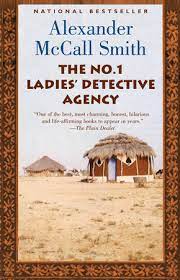
Mma Precious Ramotswe from The No. 1 Ladies’ Detective Agency by Alexander McCall Smith
Confident, clever, and cunning, Mma Ramotswe is the first female private investigator in Botswana. She has incredible people skills, which she applies to her cases, allowing her to easily size up suspects. Mma Ramotswe takes traditionally feminine traits, and turns them into key crime-solving qualities.
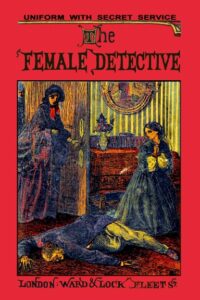
The Female Detective by Andrew Forrester and Revelations of a Lady Detective by W.S. Hayward
It is thought that the “female detective” and the “lady detective” were the first women sleuths to appear in fiction, in the 1860s. From the beginning, authors made it clear that these women were underestimated – and they used this to their advantage. “The woman detective has far greater opportunities than a man of intimate watching, and of keeping her eye upon matters near where a man could not conveniently play the eavesdropper,” according to Revelations of a Lady Detective. Women may have been forced into the background… but from there, they were watching, and they saw everything.
***

